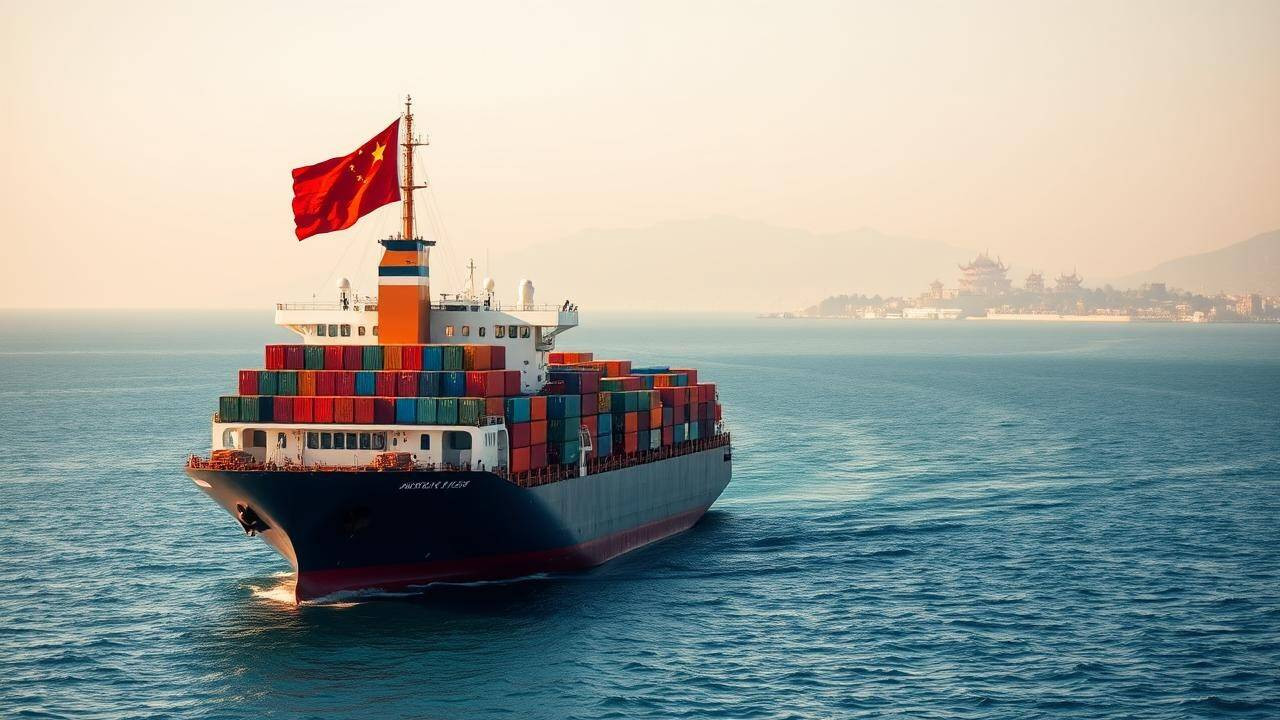Chinese goods are set to re-enter Indian markets after a four-year halt in clearances, driven by surging domestic demand fueled by GST rate cuts. The government is expediting pending applications for various products, including electronics and household items, to address supply chain delays and prevent shortages during the festive season.
The Dragon Roars Again? Navigating the Resurgence of Chinese Goods in India
For years, the economic dance between India and China has been a complex tango of cooperation and competition, marked by periods of enthusiastic embrace and cautious distancing. Now, it appears the music is changing once more. Whispers are growing louder about a renewed influx of Chinese goods into Indian markets. But why is this happening, and what does it mean for Indian businesses and consumers alike?
The relationship is far from simple. While geopolitical tensions may simmer, the allure of affordable, readily available goods remains a powerful force, one that’s proving difficult to ignore. To fully grasp the present situation, it’s vital to understand the historical context. Following border clashes and rising national sentiment, there was a conscious effort to reduce reliance on Chinese imports, promoting local manufacturing through initiatives like “Make in India.” However, decoupling supply chains entirely is a monumental task, particularly in sectors where China holds a significant cost advantage.
Why the Re-Entry of Chinese Products?
Several factors are contributing to this resurgence. Perhaps the most compelling is price. Chinese manufacturers have honed their efficiency over decades, achieving economies of scale that are difficult for Indian businesses to match, especially in certain product categories like electronics, machinery, and chemicals.
Moreover, global supply chain disruptions, exacerbated by geopolitical instability and pandemic-related lockdowns, have added further complexity. Indian businesses, facing challenges in sourcing components and raw materials domestically or from other countries, are often forced to turn to China to maintain production schedules and meet consumer demand. This isn’t necessarily a deliberate choice; it’s often a matter of economic survival in a cutthroat global marketplace.
Government policies also play a role. While there’s a clear push for self-reliance, policymakers also recognize the need to maintain competitive pricing and avoid inflationary pressures. Completely shutting off Chinese imports would likely lead to higher prices for consumers and potentially hurt the competitiveness of Indian exports that rely on Chinese-made components. It’s a delicate balancing act.

The Impact on Indian Industries
The re-entry of Chinese goods presents both opportunities and challenges for Indian industries. On one hand, access to cheaper inputs can lower production costs and boost the competitiveness of Indian manufacturers in export markets. On the other, it poses a threat to domestic producers who may struggle to compete with the price points of Chinese imports. Certain sectors, particularly those dominated by small and medium-sized enterprises (SMEs), are especially vulnerable.
The key lies in adaptation and innovation. Indian businesses need to focus on improving efficiency, investing in technology, and developing unique product offerings that differentiate them from Chinese competitors. Government support, through initiatives that promote skill development, infrastructure upgrades, and access to financing, is crucial to leveling the playing field.
Navigating the Future of Indo-China Trade
The future of Indo-China trade is likely to be characterized by a pragmatic approach, one that balances the desire for self-reliance with the realities of global economics. India needs to strategically identify sectors where it can build a competitive advantage, while also leveraging the benefits of access to affordable Chinese goods. For more insights into how India is fostering its domestic manufacturing capabilities, read about the [latest developments in the Make in India initiative](internal-link-to-related-content).
This means investing in research and development, fostering innovation, and creating a business environment that encourages both domestic and foreign investment. It also requires a robust regulatory framework to ensure fair competition and prevent unfair trade practices, such as dumping, that could harm Indian industries.
Ultimately, the resurgence of Chinese goods in India is a reflection of the complex and evolving global economic landscape. It presents both challenges and opportunities, and it requires a strategic and nuanced approach to navigate successfully. The choices made today will shape the future of Indian industries and the country’s position in the global economy for years to come.







